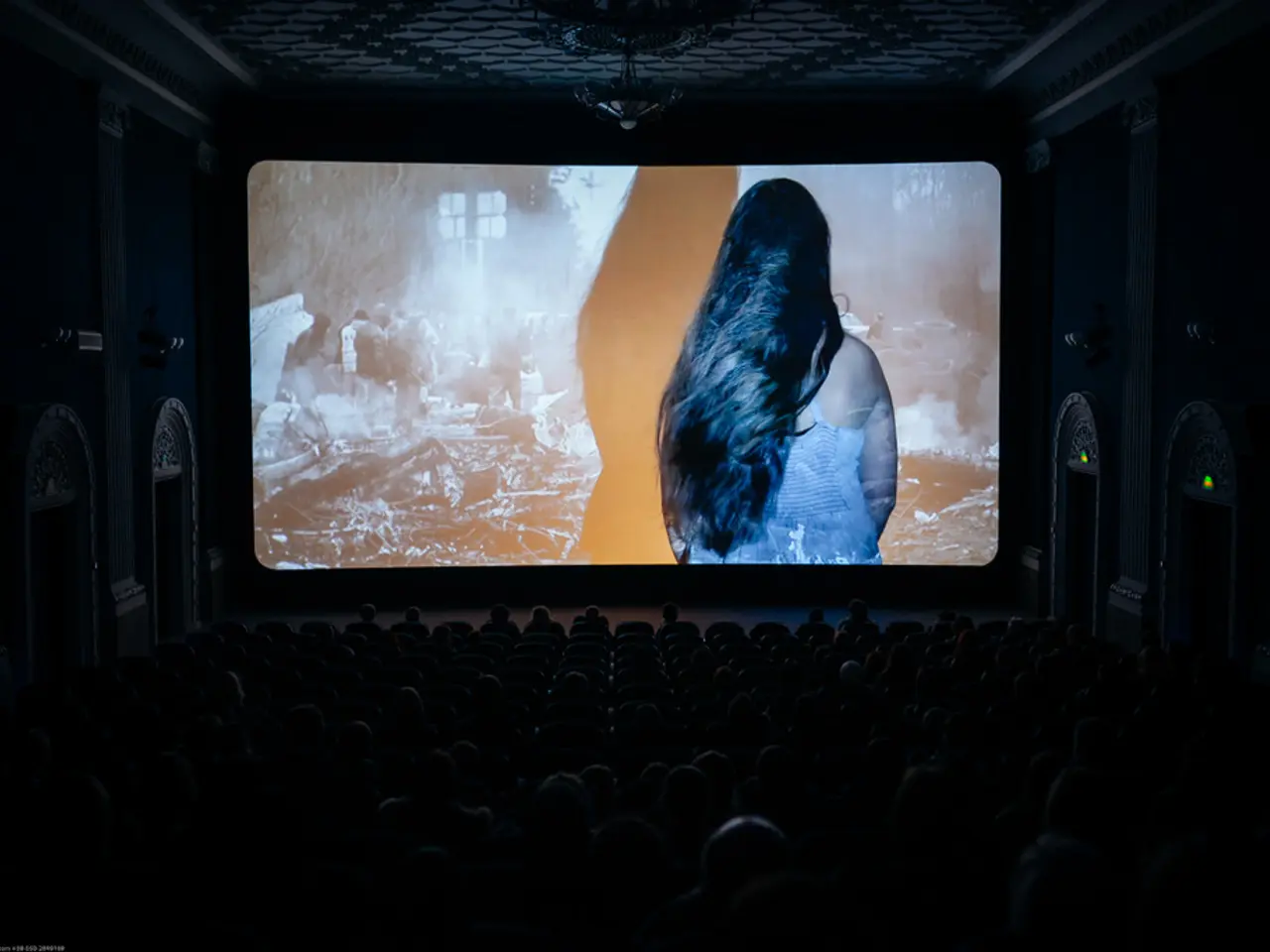Genre-mixing movies generating debate over perplexity or heightening audience enjoyment
In the captivating world of cinema, genre crossovers present a unique challenge for filmmakers: maintaining narrative clarity while seamlessly blending distinct narrative styles. This delicate dance requires thoughtful planning, consistent character development, and a clear creative vision.
When executed skillfully, genre-blending films offer a refreshing departure from formulaic storytelling, weaving diverse elements into a cohesive tapestry that resonates with viewers without causing confusion. Successful genre-blending films often anchor their stories with clear, central themes that serve as a unifying force for a cohesive viewer experience.
Filmmakers begin by asking whether blending genres serves their vision or simply adds complexity without purpose. They strive to maintain a coherent tone and direction, even when merging seemingly disparate genres like horror and social commentary or comedy and thriller. This ensures that transitions feel natural and enhance narrative flow, rather than causing jarring shifts that can confuse audiences.
Strategic integration is another key strategy. Like in documentary filmmaking, where different techniques are blended seamlessly to build a compelling narrative, narrative devices from different genres are integrated dynamically to support story progression and emotional depth. This approach allows for genre bending and subversion, innovating storytelling while managing audience expectations to prevent disorientation.
Post-production tools, such as editing and sound design, help unify different genre elements cohesively. These techniques ensure that transitions feel organic and enhance the narrative flow, creating films that feel unique and rich but remain accessible to audiences.
Understanding the core elements of each genre being blended is crucial for seamless integration. Striking the right balance is crucial for filmmakers aiming to enrich the viewer experience without alienating their audience. Consistent visual and auditory elements can maintain a sense of continuity and tie scenes together, further enhancing the cohesiveness of the film.
Films like Get Out exemplify the successful balance of genre-blending, combining horror with social commentary for heightened impact. By maintaining narrative clarity, a coherent tone, and a clear creative vision, these films offer depth, distinctiveness, and fresh engagement, making them a captivating addition to the cinematic landscape.
- The cinematography in a filmmaker's genre-blending project should strive to maintain a coherent tone, even when merging seemingly disparate genres, such as horror and social commentary or comedy and thriller.
- Strategically integrated narrative devices from different genres can support story progression and emotional depth, enabling genre bending and subversion in the film, much like in documentary filmmaking.
- Post-production tools like editing and sound design play a vital role in unifying different genre elements cohesively, ensuring seamless transitions that enhance narrative flow.
- Filmmakers aiming to enrich the viewer experience without alienating their audience must have a thorough understanding of the core elements of each genre being blended, striking the right balance for a cohesive and engaging cinematic experience.
- Consistent visual and auditory elements can maintain a sense of continuity and tie scenes together, further enhancing the cohesiveness of the film and contributing to a refreshing departure from formulaic storytelling, as demonstrated by films such as Get Out.








